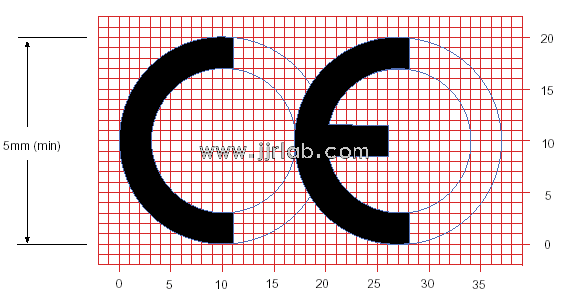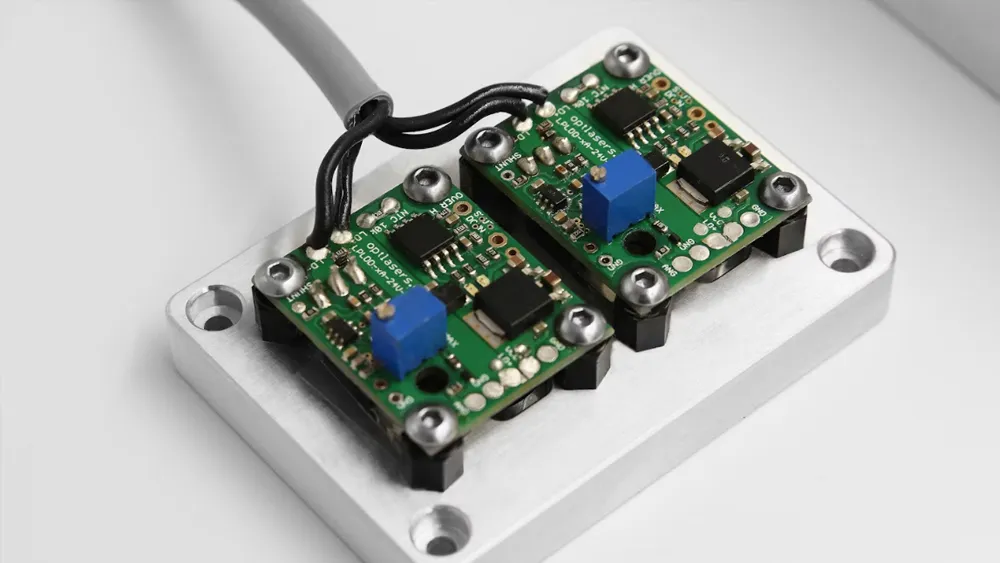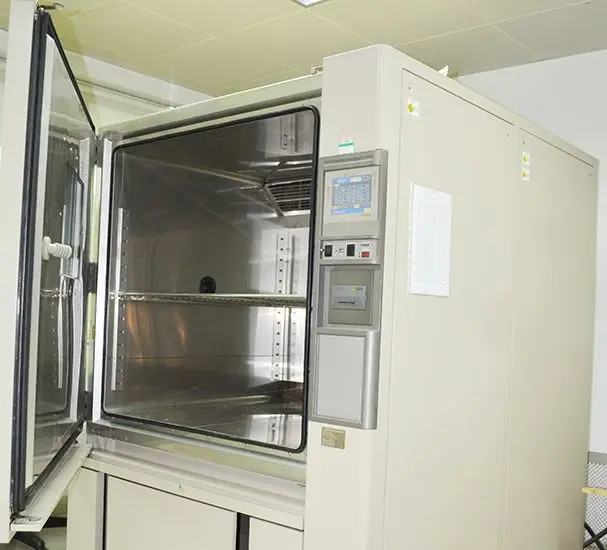
Home Fitness Equipment CE Certification
With the growing pursuit of a healthy lifestyle, the demand for home fitness equipment is increasing. To ensure consumer safety and rights, the European Union (EU) has implemented a CE certification system for products imported and sold within the EU. For home fitness equipment to be sold in the EU market, it must comply with the relevant CE certification standards. Below, China's JJR Laboratory provides a detailed overview of the CE certification requirements for home fitness equipment.

CE Certification Standard Requirements for Home Fitness Equipment
• Mechanical Safety Requirements
As exercise equipment, mechanical safety is crucial. The ce certification process requires a comprehensive evaluation of the product's structure, materials, and moving parts to ensure the equipment will not cause harm during use. Components such as protective guards for moving parts and emergency stop devices must meet the necessary standards.
• Electrical Safety Requirements
For equipment containing electrical components, CE certification also includes assessments of electrical safety. This covers the selection of electrical parts, circuit design, and protective measures to ensure there is no risk of electric shock, electrical fires, or other hazards during use.
• Electromagnetic Compatibility (EMC) Requirements
EMC ensures that the equipment does not emit excessive electromagnetic interference (EMI) and is also immune to EMI from other devices. Home fitness equipment must comply with EU EMC standards to avoid interfering with or being affected by nearby electronic equipment.
• Restriction of Hazardous Substances (RoHS)
To protect both human health and the environment, the EU limits the use of hazardous substances in consumer products. Materials and components in home fitness equipment must meet EU RoHS requirements during the CE certification process.
Common Testing Standards for Home Fitness Equipment (including but not limited to)
• Strength Training Benches:
- EN 957-1/2
- ASTM F2216
- ISO 20957-1/2
• Exercise Bikes:
- EN 957-1/4
- ASTM F2216
- ISO 20957-1/4
• Treadmills:
- EN 957-1/5
- ASTM F1250
- ISO 20957-1/5
• Rowing Machines:
- EN 957-1/6
- ASTM F2115
- ISO 20957-1/6
• Steppers/Climbers:
- EN 957-1/7
- ASTM F2276
- ISO 20957-1/7
• Inline Skates (Single Row):
- EN 957-1/8
- ASTM F2276
- ISO 20957-1/8
• Roller Skates (Double Row):
- EN 957-1/9
- ASTM F2276
- ISO 20957-1/9
• Skateboards:
- EN 957-1/10
• Scooters:
- EN 13843
• Elliptical Trainers:
- EN 13899
• Indoor Cycling Bikes:
- EN 13613
CE Certification Process & Timeline
1. Project Application– Submit a formal testing application to the designated certification body.
2. Document Preparation– Prepare all necessary documentation as requiRED by the testing agency.
3. Product Testing– Send product samples to JJR Laboratory for testing procedures.
4. Report Compilation– The certification engineer compiles a report based on compliant test resULts.
5. Review & Submission– Submit the completed report for final audit and approval.
6. Report Issuance– After successful review, the final certification report is issued.
Certification Timeline:
Approximately 2–3 weeks, depending on the complexity and type of the product.
Email:hello@jjrlab.com
Write your message here and send it to us
 What is EU UFI Registration?
What is EU UFI Registration?
 EU UFI Registration for E-cigarette E-liquid
EU UFI Registration for E-cigarette E-liquid
 How to get the MSDS Report for Electronic Cigarett
How to get the MSDS Report for Electronic Cigarett
 Prop 65 Warning on Appliances
Prop 65 Warning on Appliances
 Apparel Heavy Metal Testing
Apparel Heavy Metal Testing
 Can You Conduct Lab Tests to UL Standards
Can You Conduct Lab Tests to UL Standards
 What Products Are Affected by Prop 65?
What Products Are Affected by Prop 65?
 CPSIA Compliance for Children's Products
CPSIA Compliance for Children's Products
Leave us a message
24-hour online customer service at any time to respond, so that you worry!




